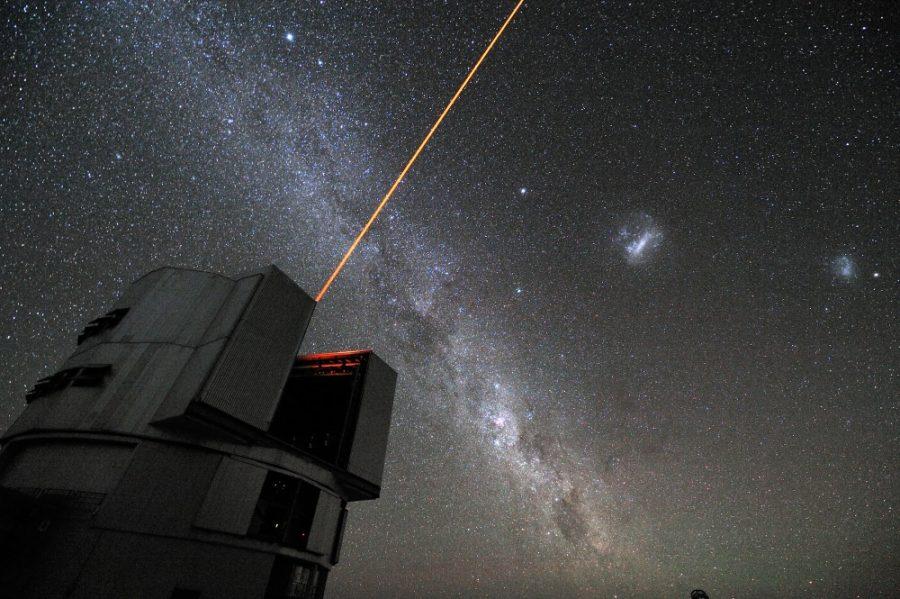A UA graduate student just made a very large astronomical discovery using the Very Large Telescope in northern Chile.
Kevin Wagner, a first year astronomy graduate student, identified and directly imaged the first planet to be found inside a triple star system. The planet is in a wide orbit within the star system. Wagner made the discovery while observing about 100 stars using the VLT, according to Arizona Public Media.
Planets in triple star systems are expected to be unstable — all the forces acting on them usually end up ejecting them from orbit. However, the planet found by Wagner, which was four times the mass of Jupiter, is stable, even though it’s located in a trio of suns 320 light years from us.
“We were surprised to find the planet in an orbit so long that it could be influenced by all three stars,” said Daniel Apai, assistant professor of astronomy and planetary sciences in an interview with USA Today. Apai was a co-author on the study with Wagner.
The planet, called HD 131399Ab, is about 16-million years old and is unlike any other known planet to date.
Studying planets in orbits around multi-star systems can help scientists understand how planets form, and what the effects of influences from stars can have on a planet.
“This planet that we have just discovered orbits out in the middle in between the stars, so the gravity of these other stars can pull it into irregular orbits and cause exotic behavior that we haven’t seen in any other exoplanet before,” Wagner said in the interview with AZPM.
The VLT is certainly not new to impacting observation astronomy. It is the most productive ground-based astronomy facility, according to the European Organisation for Astronomical Research in the Southern Hemisphere. This has led to an average of one peer-reviewed paper published per day just from results from the VLT.
The telescope itself has 8.2 meter mirrors, weighing in at 23 tons. The large mirror allows for more light to enter the telescope and results in a larger image of space. Being a ground-based facility, the VLT is able to be larger than telescopes in orbit, such as the Hubble Space Telescope.
In it’s 18 years of operation, the VLT has imaged an extrasolar planet, tracked stars moving around the supermassive black hole at the center of our galaxy, observed the afterglow of a gamma-ray burst — which is the furthest one known to date — and has been able to detect carbon monoxide molecules from a galaxy that is nearly 11 billion light-years away.
A full photo gallery from the VLT is available online.
Follow Bailey Bellavance on Twitter.









